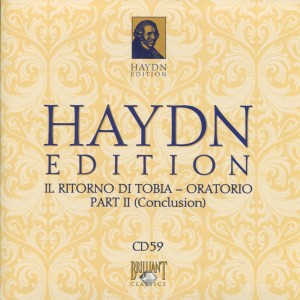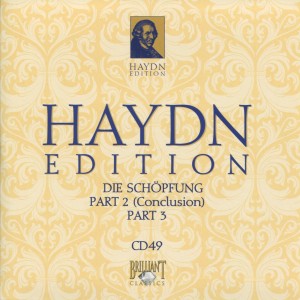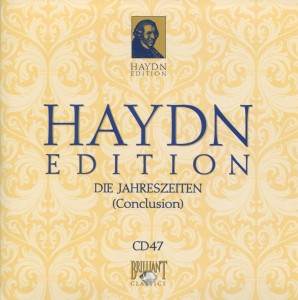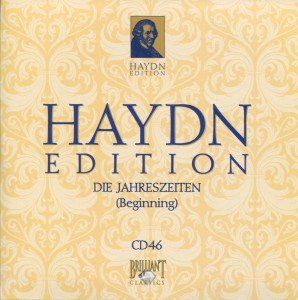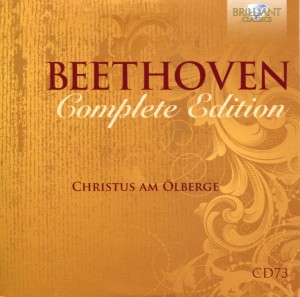 I’m going to bet today’s CD has something to do with Christianity.
I’m going to bet today’s CD has something to do with Christianity.
Ah, yes.
The music begins ponderously, with great seriousness. And slowly. A bit of drama here and there. But mostly it sounds Very. Serious.
While I’m listening to this, I turn to the back of the CD sleeve to read the song titles. The first word of the first track is “Jehova.” So, I guess I was right.
There’s an interesting little blip in Track #2 around the 5:05 mark. It’s an edit that’s obvious enough to notice. Like the piece was created in two takes and the edit from splicing one take with another take. That’s what it sounds like, anyway. I could be wrong.
Incidentally, this compositions, according to its entry on Wikipedia,
Christus am Ölberge (in English, Christ on the Mount of Olives), Op. 85, is an oratorio by Ludwig van Beethoven portraying the emotional turmoil of Jesus in the garden of Gethsemane prior to his crucifixion. It was begun in the fall of 1802, soon after his completion of the Heiligenstadt Testament, as indicated by evidence in the Wielhorsky sketchbook. The libretto in German is by the poet Franz Xaver Huber, editor of the Wiener Zeitung, with whom Beethoven worked closely. It was written in a very short period; in a letter to Breitkopf & Härtel written shortly after the oratorio’s completion, Beethoven spoke of having written it in “a few weeks”, although he later claimed that the piece required no more than 14 days to complete. It was first performed on April 5, 1803 at the Theater an der Wien in Vienna; in 1811, it was revised by Beethoven for publication by Breitkopf & Härtel. The 10 years that passed between the composition of the work and its publication resulted in its being assigned a relatively high opus number.
The rest of the story behind this oratorio is fascinating. So if you have a few moments, hop over to Wiki and read it.
I’m not a fan of such compositions. So I can’t really comment with any balance.
I can say this: The performances are superb.
Here’s the cast and orchestra:
Seraph: Lieselotte Rebmann soprano
Jesus: Reinhold Bartel tenor
Petrus: August Messthal bass
South German Choral Society
Stuttgart Philharmonic Orchestra
Josef Bloser conductor
Liselotte’s voice is amazing. She hits a few high notes that I’m quite certain only dogs can hear.
All of the vocal performers are wonderful.
The orchestra seems adequate. Not mind blowing. Not terrible. Adequate to the task of accurately representing Beethoven’s oratorio.
This isn’t a CD I’ll be able to listen to again. Nor, did I hear anything on it that feel compelled to share with someone else.
Take that for what it’s worth.

